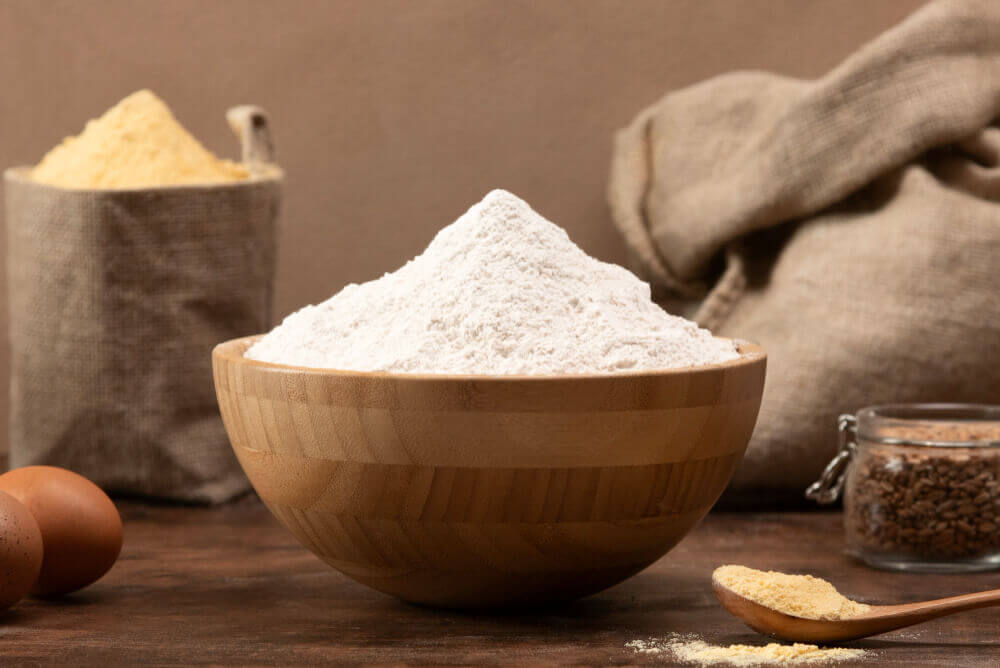Introduction
Maize Starch occurs in nature in many ways. Native Maize Starch is a cereal starch, which has a low ash and protein content. Maize contains about 71% of starch, which can be separated by wet milling process such as steeping, grinding, purifying and drying from other ingredients. The physio-chemical and functional properties of starch exhibit a wide variation with slight change in the production parameters.

Applications
Textile: Sizing
Maize starch paste does not thin down during the process of sizing as compared to tapioca starch breaks down substantially on cooking. This results in an even pick up on the yarn. Maize Starch is transformed into a smooth paste within an hour or in even lesser time under pressure-cooking. The uniform viscosity, from lot to lot, ensures uniform pick up and penetration into the interstices of yarn to ensure good weaving performance.
As foaming is usually associated with high pH, it is not necessary to add any of the antifoaming agents while working with maize starch, as the pH of Maize Starch paste is always maintained in the neutral range. In addition to these advantages, the starch is easily removed during the normal process of de-sizing.
Paper: Sizing
The largest industrial non-food use of starch is in the paper industry. It is used as an adhesive in the papermaking process.
It is used in low BF Kraft paper as sizing agent for improving surface of paper.
It is used in low BF Kraft paper as sizing agent for improving surface of paper.
Textile: Finishing
Starch is used in the textile finishing operation to change stiffness, feel or handle of the fabrics, to modify the appearance by filling the interstices of the weave and to add weight. Since the finish provided by starch is temporary, its use is generally confined to relatively inexpensive fabrics or to materials such as shade cloth or book binding cloth that are not washed.
Thermosetting or thermoplastic resins are also used in conjunction with starch to achieve a permanent finish.
Other Application
Starch can be converted into sugars by malting, and then it is fermented to produce ethanol. This can then be used to manufacture biofuel, beer and whiskey.
Other applications include corrugated board adhesives. This industry boasts the second largest application of non-food starches world-wide. Through a detailed process, starch is turned into a glue that is applied on the tips of fluting. Fluting paper is then pressed to liner paper which is then dried under a high heat. The high heat causes any uncooked starch in the glue to gelatinize, this makes the glue a strong and fast adhesive for corrugated board production.
Storage
Store in a dry & cool area.
Packaging
In 25/50 Kg HDPE bags with inner liner of LDPE
800 kg Jumbo bag packing,
25 kg Kraft Multiply paper bags.
